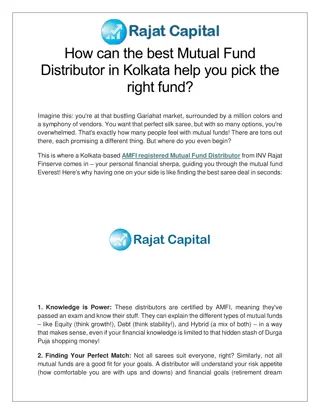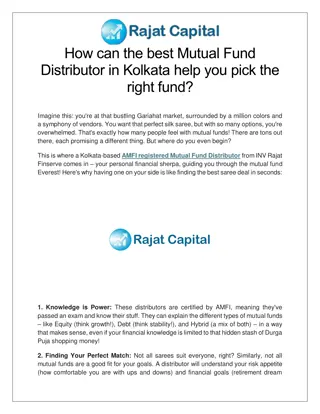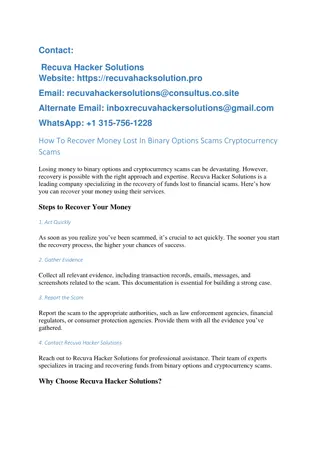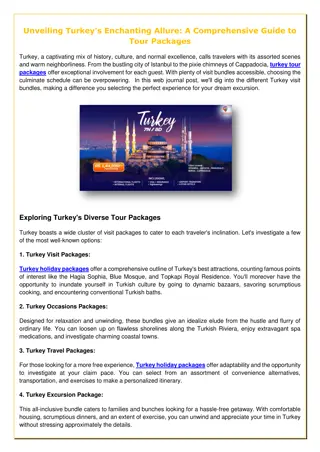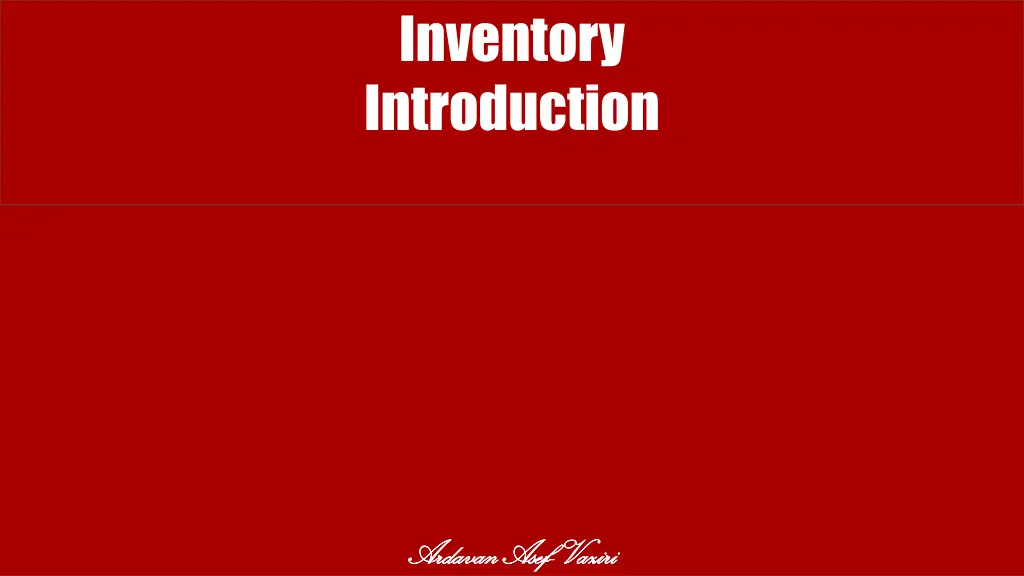
Understanding the Importance of Inventory Management
Explore the significance of inventory management, the impact on financial costs, hidden costs, reasons for holding inventory, types of inventory, and the financial implications of market demand shifts. Efficient inventory management is crucial to reduce operating costs and enhance customer satisfaction.
Download Presentation

Please find below an Image/Link to download the presentation.
The content on the website is provided AS IS for your information and personal use only. It may not be sold, licensed, or shared on other websites without obtaining consent from the author. If you encounter any issues during the download, it is possible that the publisher has removed the file from their server.
You are allowed to download the files provided on this website for personal or commercial use, subject to the condition that they are used lawfully. All files are the property of their respective owners.
The content on the website is provided AS IS for your information and personal use only. It may not be sold, licensed, or shared on other websites without obtaining consent from the author.
E N D
Presentation Transcript
Inventory Introduction Ardavan Asef Ardavan Asef--Vaziri Vaziri
Importance of Inventory A typical hospital spends about 20% of its budget on medical, surgical, and pharmaceutical supplies. For all hospitals it adds up to $150billion annually. The average inventory in US economy about $1 trillion on about $10 trillion of annual sales. About 40% in manufacturing, about 20% in wholesaler, and about 40% in retail. What happens when a company with a large Work In Process (WIP) and Finished Goods (FG) inventory finds a market demand shift to a new product? Two choices: Fire-sell all WIP and FG inventories and then quickly introduce the new product Significant losses Finish all WIP inventory and sell all output before introducing the new product Delay and reduced market response time. A typical firm probably has tied in inventories about 30 percent of its Current Assets 90 percent of its Working Capital (Current Assets Current Liabilities). Poor inventory management hampers operations, diminishes customer satisfaction, and increases operating costs. Inventory- Introduction, Ardavan Asef-Vaziri 2
Why We are interested in reducing inventory Has Carrying Cost Physical costs we need storage and human resources. Financial costs (Opportunity Cost) We could have invested our capital elsewhere and benefit from it. In the LFT Game financial cost is 10% of the cost of goods. Has Hidden Costs Devaluation Cost- Components typically drop in price during their inventory life. Price Protection Cost. To reimburse customers for the drops in the prices. Return Cost. Obsolescence Cost- due to change in customer preferences, technological changes, etc. Hides problems Even if we produce low quality product, there is enough inventory downstream. Untrustworthy suppliers, machine breakdowns, long changeover times, scraps and defects do not show up. Long flow time, Feedback loop is long. not-uniform operations. Inventory Costs & Concerns Inventory- Introduction, Ardavan Asef-Vaziri 3
Reasons for Holding Inventory & Types of Inventory Reasons for holding inventory Economies of scale. Seasonal demand Seasonal Supply Decoupling the sub-processes The flow time (it is not zero) Inventory Metrics Inventory Turns (Throughput or Sales divided by average inventory in units or $). Days of Supply (Flow Time in days) Inventory- Introduction, Ardavan Asef-Vaziri 4
Types of Inventory Cycle inventory. the average inventory used to satisfy demand between receipt of supplier shipments. It is half of the order size Safety inventory. the inventory held against variability in mand. There is 50% probability that the demand exceeds the expectations (the average demand). Being stocked out is costly. Decoupling inventory (buffers). Between stations. Seasonal inventory is needed due to the gap between supply and demand. As long as it is costly to add and subtract capacity, firms will desire to smooth production relative to sales by seasonal inventory. It is usually due to seasonality in demand, either due to season or discounts and sales promotions (Campbell s soup sells more in Jan. and June due to discounts in Jan. and price increase in July). It can be due to seasonality in supply too. Sugar beets are available in less than two months per year, leading to a huge inventory for a process to turn them into sugar over the rest of the year. Pipeline Inventory is needed since a flow unit has to spent a greater than 0 time in the process. Throughput is not 0 too. RT=I. Neither T nor R is 0. This is true both for transformation (changing flow units from one form to another) as well as transportation processes. Inventory- Introduction, Ardavan Asef-Vaziri 5
A classification Approach: ABC Analysis ABC Analysis in terms of dollars invested, profit potential, sales or usage volume, and stockout penalties. Perpetual for class A, Periodic for class C. Item Number 1 2 3 4 5 6 7 8 9 10 11 12 Annual Demand 2500 1000 1900 1500 3900 1000 200 1000 8000 9000 500 400 Unit Cost 330 70 500 100 700 915 210 4000 10 2 200 300 Annual $ Value 825000 70000 950000 150000 2730000 915000 42000 4000000 80000 18000 100000 120000 Item Number 8 5 3 6 1 4 12 11 9 2 7 10 Annual Demand 1000 3900 1900 1000 2500 1500 400 500 8000 1000 200 9000 Unit Cost 4000 700 500 915 330 100 300 200 10 70 210 2 Annual $ Value 4000000 2730000 950000 915000 825000 150000 120000 100000 80000 70000 42000 18000 % of Total Classification A A B B B C C C C C C C 67% 27% Group A: Perpetual Group C: Periodic 6% Inventory- Introduction, Ardavan Asef-Vaziri 6
Periodic Inventory [Counting] Systems At the beginning of each period, the existing inventory level is identified and the additional required volume to satisfy the demand during the period is ordered. The quantity of order is variable, but the timing of order is fixed. Re-Order Point (ROP) is defined in terms of time. One-Bin System (Periodic) Order Enough to Refill Bin Physical count of items made at periodic intervals. Disadvantage: no information on inventory between two counts. Advantage: order for several items are made at the same time. Inventory- Introduction, Ardavan Asef-Vaziri 7
Perpetual Inventory Systems When inventory reaches ROP an order of EOQ (Economic Order Quantity) units is placed. The quantity of order is fixed but the timing of order is variable. ROP is defined in terms of quantity (inventory on hand). Two-Bin System (Perpetual) Order One Bin of Inventory Empty Full Keeps track of removals from inventory continuously, thus monitoring current levels of each item. A point-of-sales (POS) system record items at the time of sale. Inventory- Introduction, Ardavan Asef-Vaziri 8

